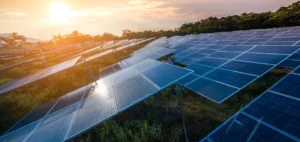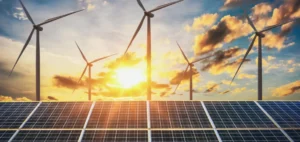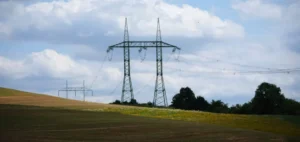The electric battery sector in Europe is going through a turbulent period, exacerbated by financial challenges and production delays.
Northvolt, a key player in this field, is facing major difficulties that raise questions about the future of the company and the industry in general.
The Swedish government, through its Prime Minister Ulf Kristersson, recently clarified its position by stating that it would not intervene to support Northvolt, thus leaving responsibility for the situation to the company’s shareholders.
Speaking at a press conference, Ulf Kristersson said, “There are no plans for the Swedish state to become a shareholder in Northvolt or anything like that.”
This statement underlines the government’s determination not to become directly involved in the company’s affairs, despite its strategic importance for Sweden’s energy transition.
The Prime Minister did, however, mention the state’s commitment to creating a favorable environment for new technologies, which could include initiatives to support innovation in the battery sector.
Northvolt’s financial challenges
Northvolt, founded in 2016, has managed to raise considerable funds, reaching $15 billion since its inception.
However, the company is now in a precarious situation, with production delays and growing financial difficulties.
The main shareholder, Volkswagen, holds a 21% stake, followed by Goldman Sachs with 19%.
These investors are now faced with the need to make crucial decisions to ensure Northvolt’s viability.
Recently, Northvolt announced the suspension of cathode production at its Skelleftea plant, an essential component in battery manufacture.
This decision comes at a time when the company is also having to reduce its workforce, although the exact number of job cuts has not been specified.
With over 6,500 employees, the situation raises concerns about the impact on jobs and the local economy.
Competition in the battery market
Europe, in particular, finds itself in direct competition with Asian and American giants in battery production.
Currently, Europe accounts for just 3% of global production, but aims to reach 25% by the end of the decade.
Northvolt is seen as a key player in helping Europe catch up, but production delays and financial difficulties threaten this goal.
The announcement of the abandonment of a plant project in Borlänge, initially planned for the production of cathode materials, illustrates the challenges facing Northvolt.
This decision could have repercussions on the supply chain and on Europe’s ability to develop a self-sufficient, competitive battery industry.
Future prospects for Northvolt
Faced with these challenges, Northvolt is attempting to raise additional funds through a new share issue, aiming for 7.5 billion kroner (around 660 million euros).
This initiative could be crucial to stabilizing the company’s financial situation and relaunching its operations.
However, the success of the fund-raising will depend on investor confidence and Northvolt’s ability to demonstrate its long-term viability.
The Swedish Prime Minister’s statements highlight the complexity of the situation.
Although the government is not planning any direct intervention, it remains committed to supporting innovation and the energy transition.
This raises questions about the role the state could play in creating a favorable ecosystem for the battery industry, without becoming a direct shareholder.
Conclusion
The challenges facing Northvolt illustrate the existing tensions in the European battery sector.
As the company struggles to overcome its financial difficulties, the need for a clear strategy and adequate support becomes ever more pressing.
The decisions taken by shareholders and the government over the coming months will be decisive for the future of Northvolt and, by extension, for the battery industry in Europe.




















